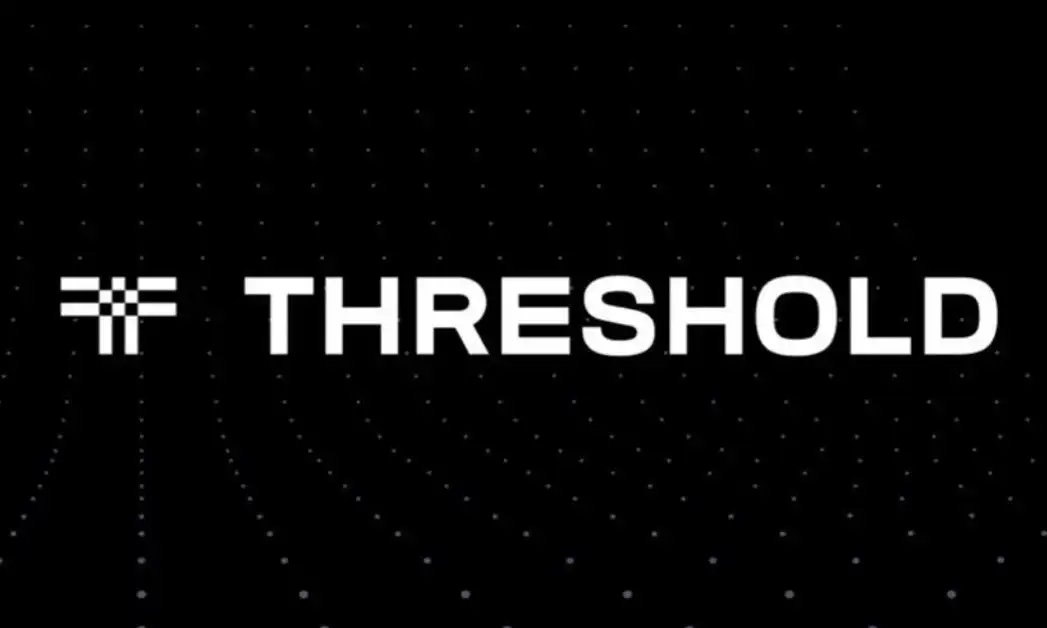
The crypto industry’s development is moving at a rapid pace, and while some projects choose to keep coming up with new use cases for crypto and blockchain, and others are simply focusing on payments and investment potential, there are also those that seek to better the existing technology in one way or another.
Usually, that makes people think of things like faster and more scalable blockchains, or greater TPS counts. However, when it comes to Threshold (T), this is a project that actually focuses on things like security, privacy, access control, as well as x-chain bridges.
This is a network that works on developing and providing a variety of cryptographic tools — building blocks, that are then used by developers to achieve the mentioned benefits. It should be noted that this is not a privacy coin, such as Monero or Zcash, but rather, a decentralized network that simply creates and maintains a suite of cryptographic primitives that can be used in dApps.
How Does Threshold (T) Work?
The Threshold network is a developer and provider of cryptographic primitives for decentralized applications. It is also a project that has managed to create, what it calls the first truly decentralized bridge in the crypto industry. The network came to be as a protocol merger between two other projects NuCypher and Keep Network. The merger was first proposed in February 2021, and finally completed on January 1st, 2022, which is when Threshold officially emerged and launched its T token.
The T token is a utility and governance cryptocurrency that can be used for making payments, voting on the future of the project, or simply for locking them up in order to receive yields and staking rewards.
As for its toolset, it includes primarily things focused on privacy and access control, and that, in combination with the network’s cross-chain element, makes it one of the important projects for the future of Web3, as well.
What Problems Does Threshold (T) Solve?
With that said, the first question that is usually on everyone’s mind is what kinds of problems can it solve? There are two major things that are particularly impressive about this project.
Offers a suite of cryptographic building blocks
The first of the two is the mentioned suite of cryptographic building blocks. This includes things such as the proxy re-encryption (PRE), Threshold signatures (TSS), Distributed key generation (DKG), and Random beacon (RB). Each of these is considered to be highly necessary by the project, and expected to be quite useful for boosting privacy, access control, and cross-chain bridges.
Especially these days, with Web 3.0 being one of the biggest goals that the crypto sector is currently working on reaching. The best part is that everything that the project offers is completely decentralized.
Provides the only truly decentralized bridge protocol
According to Threshold, it is the only project that currently offers a truly decentralized bridge protocol. It was audited by multiple strong and trusted companies that confirmed this, which is, yet again, evidence of the project’s intention to bring privacy and decentralization.
It is also worth noting that bridge protocols are one of the biggest trends in the crypto sector, as well. As mentioned, the crypto industry is seeking to establish connections between blockchains and reach interoperability. Going cross-chain is crucial for the development of the so-called Web3, or decentralized internet that would respect the users’ privacy and work on delivering them full control of their own data. Users would have the choice to share data only when they wish to do so, and companies who want it will have to pay for it.
But, most bridges are either in the early stage of their functionality, or centralized, or limited in some way. Threshold is the only one with a fully decentralized bridge, and its solution might inspire future projects that are working on doing something similar.
Benefits of Threshold (T)
Apart from trying to help speed up the development of crypto and blockchain, Threshold also has some more direct benefits for its users. For example:
Earn yield
Threshold has its own token, called simply T. The token has several use cases within its ecosystem, including granting users the ability to lock it in coverage pools to earn yield in exchange for underwriting collateral risk in the network. In other words, users can lock up their tokens and contribute to the security and functionality of the network, and in return, they get passive income.
Earn rewards for staking
Another use case that T token has is staking. In fact, the project itself said that T token is primarily used to stake a node. Node operators will, of course, also receive rewards that come from fees from various applications that Threshold as a project services. The number of dApps that relies on the project’s cryptographic primitives is slowly starting to grow, and in time, the rewards will keep growing bigger and bigger for stakers, so those who wish to HODL T token should definitely consider increasing their holdings via this method.
Governance
Like most similar projects, Threshold also uses its token to offer governance rights to users. This is another very popular use case for the token, where those who hold it gain the right to vote on the proposals regarding the changes done to the project and its network. Of course, anyone can also make their own proposals on how to improve the network, which is something that the rest of the community would then vote on.
Conclusion
Threshold is not a typical coin that aims to get investors rich through trading and investing, or ensure payments are done at record speed. It offers neither NFTs nor a metaverse, but it does have certain DeFi features. No, this is a project that aims to bring greater levels of privacy to using dApps, and with the dApp sector still growing steadily across the industry, it is one of the projects that are very much needed to complement the developing blockchain industry.


















